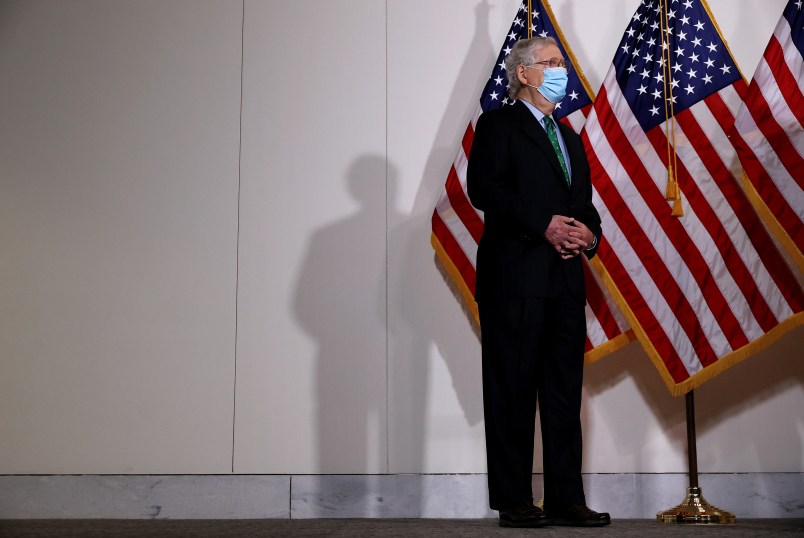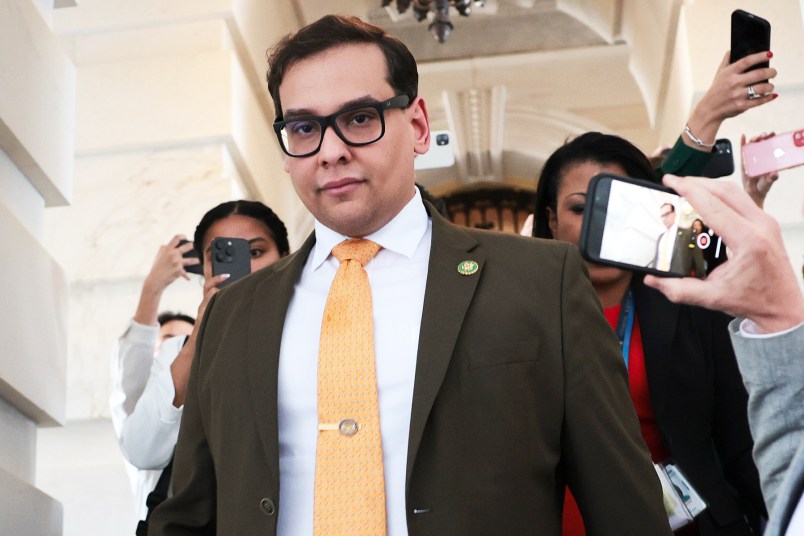North Dakota got $400,000, at around 50 cents a resident. California got $28 million — 70 cents a resident.
That’s the amount that those states have received from the Centers for Disease Control to help distribute a COVID-19 vaccine. Nothing more.
The rest of the money was supposed to come in a second stimulus package. But it hasn’t, amid opposition from Senate Republicans to further spending and ongoing negotiations between House Democrats, Treasury Secretary Steve Mnuchin, and the White House.
The lack of funding threatens to choke off the country’s vaccine response, depriving the states — and the CDC — of everything from the ability to hire vaccinators to the ultra-cold freezers needed to store doses.
“I just don’t want to know what would happen,” Claire Hannan, head of the association of immunization managers, told TPM, when asked about the consequences of the lack of funding in the coming months.
Filling the gap will require $8.4 billion in new funding, the Association of Immunization Managers and the Association of State and Territorial Health Officials said in an Oct. 15 letter demanding that congressional leaders find the money.
The lack of aid comes as the country grapples with a new bout of skyrocketing COVID-19 cases, with hospitals in areas around the country brimming to capacity.
“The next 6 to 12 weeks are going to be the darkest of the entire pandemic,” said Dr. Michael Osterholm, director of the center for infectious disease research at the University of Minnesota. “Vaccines will not become available in any meaningful way until early to third quarter of next year.”
President Trump has bluffed that a vaccine will be available before the Nov. 3 election, and has separately claimed that it will be possible for the general public to get one within months.
Though regulators and scientists appear to have mostly fought off President Trump’s bid to have a COVID-19 vaccine approved before the data showed that it works safely, the lack of funding means that state and local health departments are already behind where they need to be to prepare to distribute doses to the public.
“That funding should have been provided already, and it’s frustrating that it hasn’t been,” Hannan said.
Paul Mango, a senior official with Operation Warp Speed, the Trump administration’s effort to speed up COVID-19 vaccine development, told reporters last week that a vaccine would be “in people’s arms within 24–48 hours” of receiving emergency approval from the FDA.
At the same time, the CDC’s Advisory Committee on Immunization Practices will analyze data from the vaccine trials to determine how it should be distributed, and in what groups of people it is the most effective and safest.
All 50 states faced an Oct. 16 deadline to provide plans to the CDC detailing how they intend to distribute a COVID-19 vaccine, and describing who state health authorities will prioritize in receiving the vaccine.
Hannan noted that that was difficult to accomplish given the lack of data from the ongoing clinical trials. The exercise in developing a plan without knowing how the eventual COVID-19 vaccine will work — and how efficient it will be once approved — sparked questions among state governors as well.
The National Governor’s Association released a list of questions for the Trump administration over how a vaccine will be distributed.
First on the list was “will there be funding allocated to states to assist with distribution of the vaccine and other vaccine efforts? ”
The money would go to a range of services needed to build infrastructure to distribute the doses. Health departments need money for ultra-cold freezers that can store the Pfizer vaccine candidate, which requires sub-zero temperatures to remain viable.
Others need money to train staff to vaccinate people, and need even more to hire staff to train the vaccinators themselves. Hannan added that the lack of funding could force local health departments to cut further costs amid an already-existing budget.
“They can move some funding around, but for them to staff up, they’ll need more,” Hannan said.



